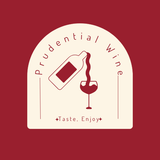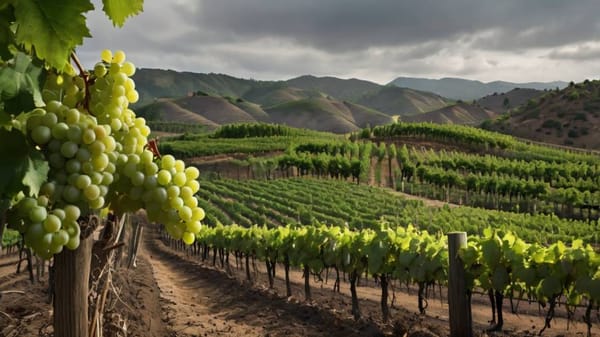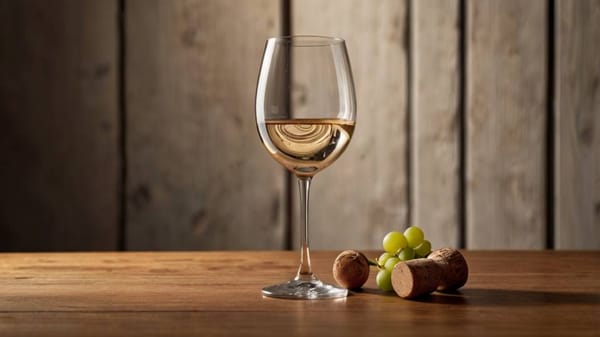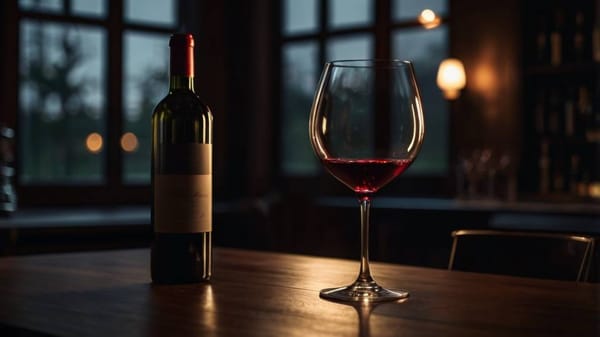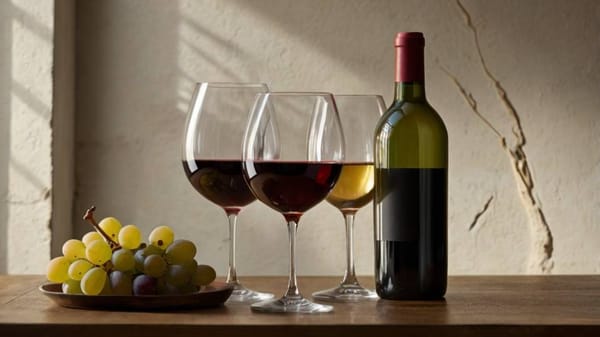The Oldest Known Wine Cellar Wasn’t in France
Wine didn’t start in France. Discover the 3,700-year-old cellar that reshapes wine history—and how it can sharpen your taste today.
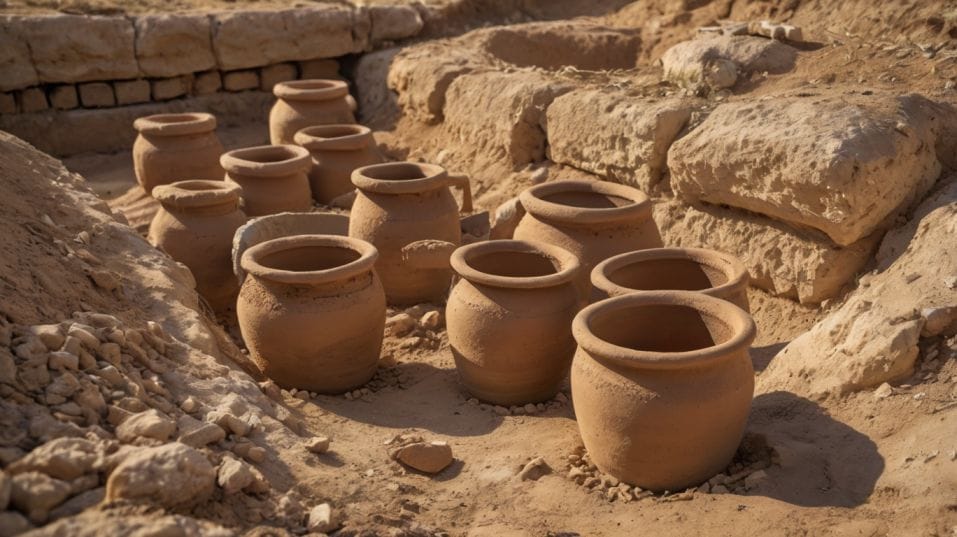
What if the world’s oldest wine cellar wasn’t in France—or Europe at all? Archaeologists uncovered a 3,700-year-old cellar in ancient Tel Kabri, on Israel’s coast, revealing wine made with herbs, honey, and resin.
This isn’t just a trivia fact. It reframes how you think about wine. Before labels and regions, there was intent—how wine was crafted, stored, and shared. For anyone beginning their wine journey, that’s not just history. It’s a guide.
A Cellar Before the Word “Wine” Was Even Written
The excavation at Tel Kabri revealed nearly 40 massive clay jars lined up in what had been a storage room beneath a palace. Each vessel held the remnants of an aged red wine, steeped with local herbs, honey, cedar, and tree resins.
Scientists tested residue inside the jars and found clear chemical signatures of tartaric acid—an organic marker of fermented grapes—alongside flavoring agents used for stability, preservation, and taste.
What does this mean for you? It means that even millennia ago, people were making thoughtful decisions about how wine should taste, how it should age, and how it should be enjoyed.
They weren’t just fermenting juice. They were building flavor, body, and complexity.
And while your current tasting notes may not include “storax resin” or “cypress oil,” the core principles remain: balance, structure, and intentionality. The wine wasn’t just stored—it was curated.
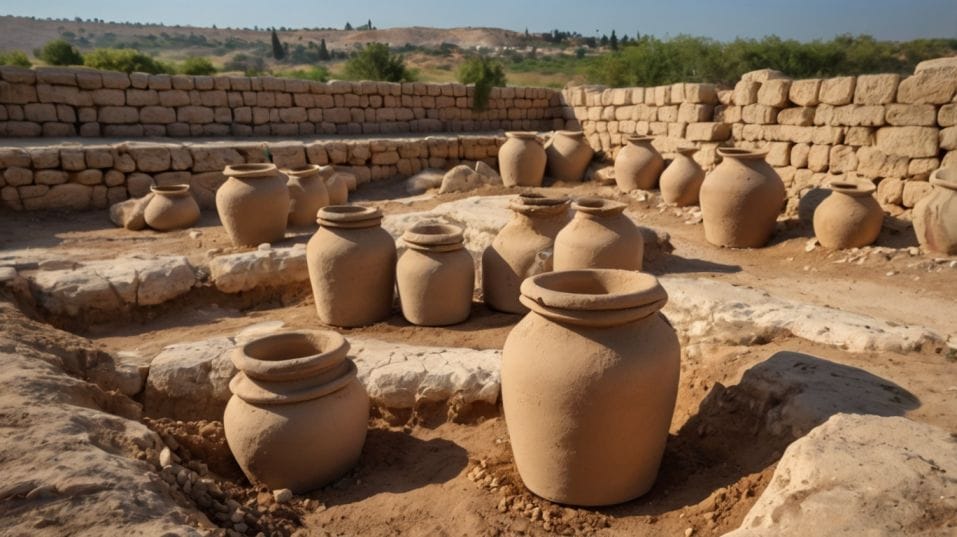
Why This Matters for How You Taste
Today, you walk into a wine shop and face rows of bottles from France, Italy, California, South Africa, Chile, Australia—the list goes on.
It’s tempting to zero in on region, grape, or price. But those categories don’t tell you what the Tel Kabri jars do: that the most important variable is approach. That’s what the ancients teach us.
Winemakers then didn’t have stainless steel tanks or high-tech bottling lines. But they understood fermentation, aging, and flavor preservation.
They knew that climate and storage shape the outcome. They chose additives—herbs, woods, oils—not to hide flaws, but to build structure and nuance.
When you’re tasting today, don’t just chase familiar varietals. Instead, start asking different questions:
- Was this wine aged in stainless steel, oak, or clay?
- Did the winemaker intervene minimally or guide the wine actively?
- What kind of texture do I notice—light and crisp, or full and layered?
These questions teach you faster than memorizing regions. They train your palate to connect sensation with intention—and that’s how confident tasters are made.
From Amphorae to Oak: Technique Over Time
You might not be aging wine in buried clay jars, but you are drinking wines shaped by the same considerations. Vessel choice, temperature control, and aging duration all influence what ends up in your glass.
Take oak, for instance. Many winemakers age in neutral oak (which contributes texture without flavor) or new oak (which adds toast, spice, or creaminess).
Clay amphorae, now making a quiet comeback in natural wine circles, offer something subtler: micro-oxygenation without flavor impact. Stainless steel, by contrast, preserves pure fruit and crisp acidity.
These choices affect how a wine feels as much as how it tastes. So as you explore, notice texture.
A Chablis aged in steel might feel taut and mineral, while the same grape in old oak might taste rounder and softer. Neither is better—they’re just different expressions of the winemaker’s intent.
This isn’t abstract. It’s actionable. The more you taste with these elements in mind, the more quickly you’ll learn to choose wines you love—not just bottles with good reviews.
Culture Shapes Flavor
The Tel Kabri wines weren’t casual pours. They were likely served at royal banquets, paired with food, and consumed with ceremony. They were designed for shared moments—and that’s another lesson worth keeping.
We often approach wine as a solitary exercise in taste. But wine doesn’t just evolve in the bottle. It changes in the glass, with time, with food, and with company. Serve it slightly cooler or warmer. Pair it with salt, fat, or spice. Decant it. Let it open.
When you treat wine as part of a setting—like the Canaanites did—you begin to taste everything. That’s when wine becomes memorable.
Grapes Are Only the Beginning
Also, resist the urge to treat grapes as fixed identities. Just because you’ve had a Pinot Noir from Oregon doesn’t mean you know Pinot.
That grape might behave totally differently in New Zealand, Chile, or Alsace. In Canaan, blending and layering were part of the craft. You can borrow that mindset. Explore varietals across climates.
Look for high-altitude Malbecs, coastal Syrahs, volcanic Soaves. Train your palate to trace the origin in the flavor. That’s how you start tasting like a seasoned drinker.
Final Thoughts
The world’s oldest known wine cellar wasn’t in the Loire, or Napa, or Piedmont. It was buried beneath an ancient city where wine was crafted deliberately, stored with purpose, and poured with meaning.
That discovery isn’t just a historical footnote—it’s a blueprint. It tells you that great wine has never been about the fanciest label or the most expensive region. It’s about attention to detail, a sense of place, and the choices behind the bottle.
So here’s your next step: try something unexpected. Pick a bottle aged in clay or fermented with wild yeast. Taste it slowly.
Ask what choices the winemaker made and what they wanted you to feel. Build your own cellar—not in stone, but in memory, in curiosity, and in practice.
Tonight, let wine be more than a drink. Let it be a way to pay attention—to flavor, to craft, to culture—and let that habit reshape every glass you pour.
